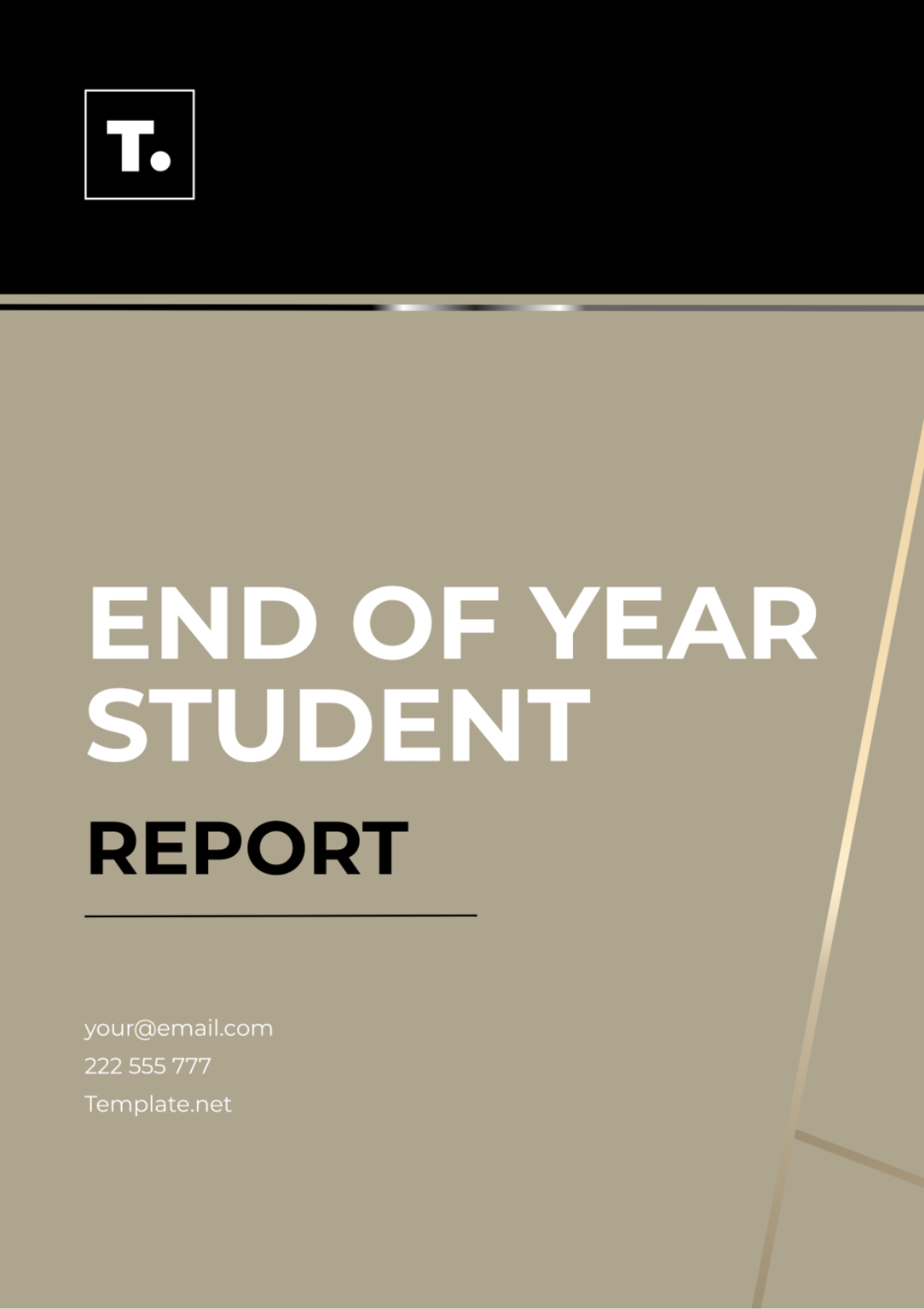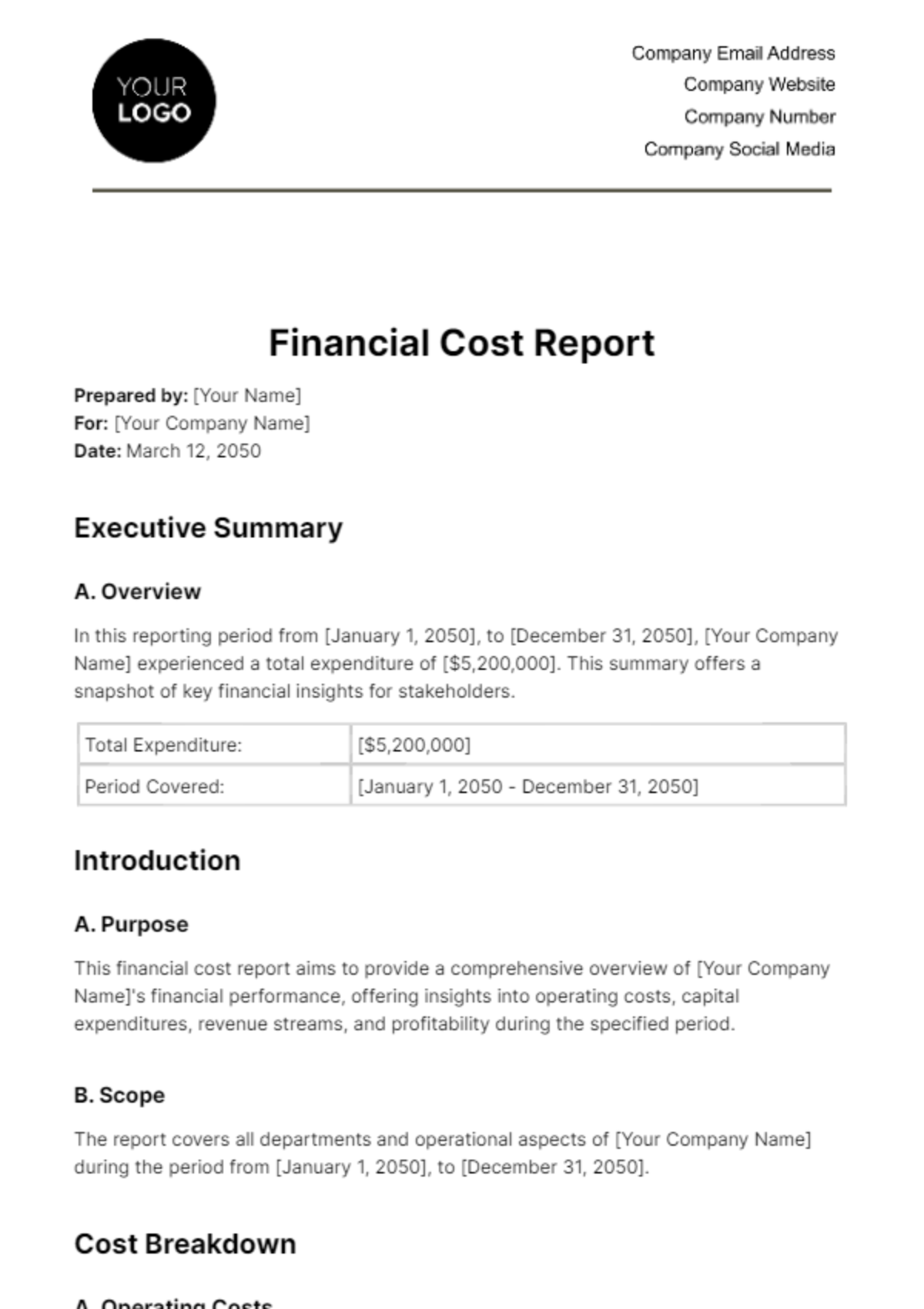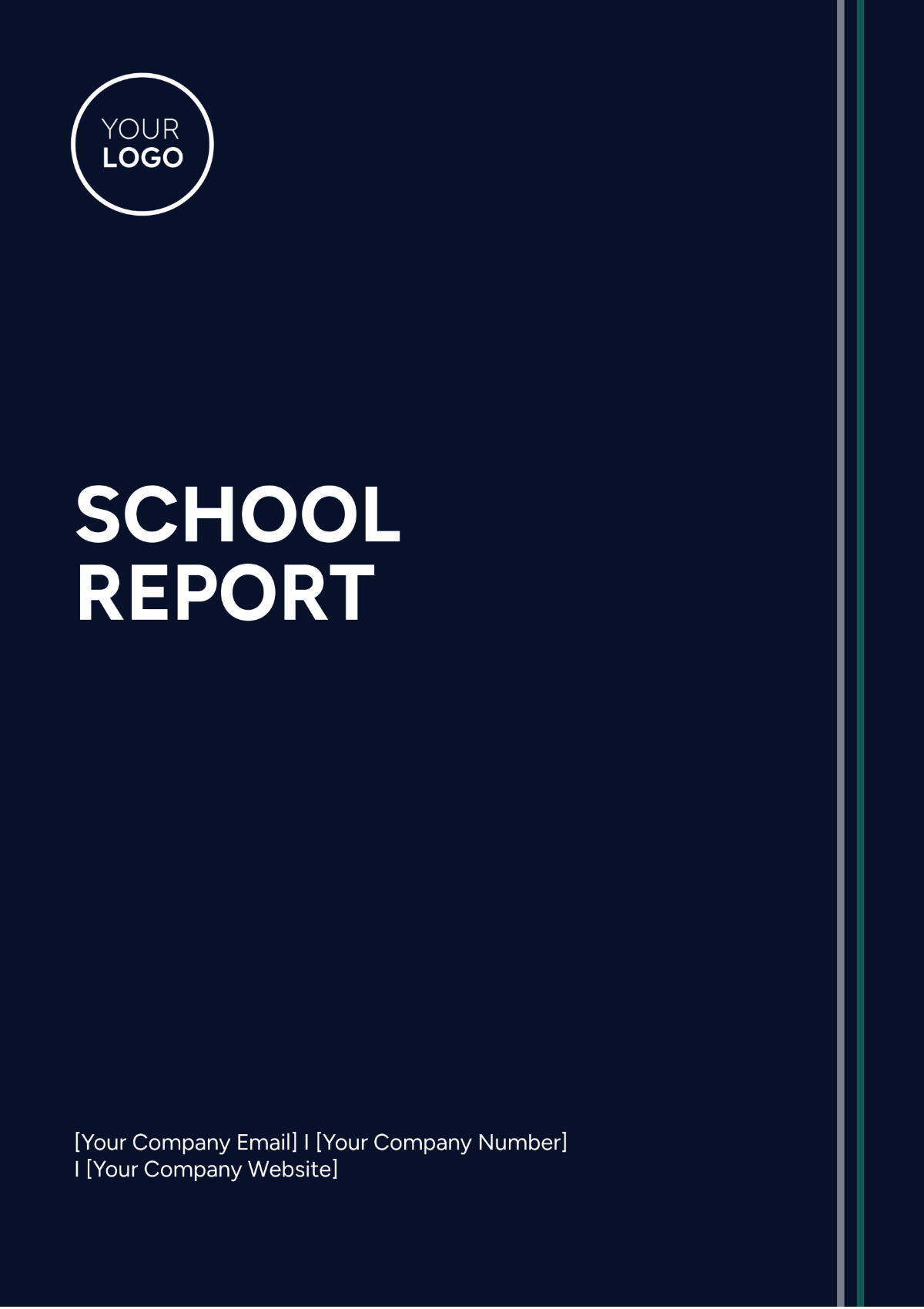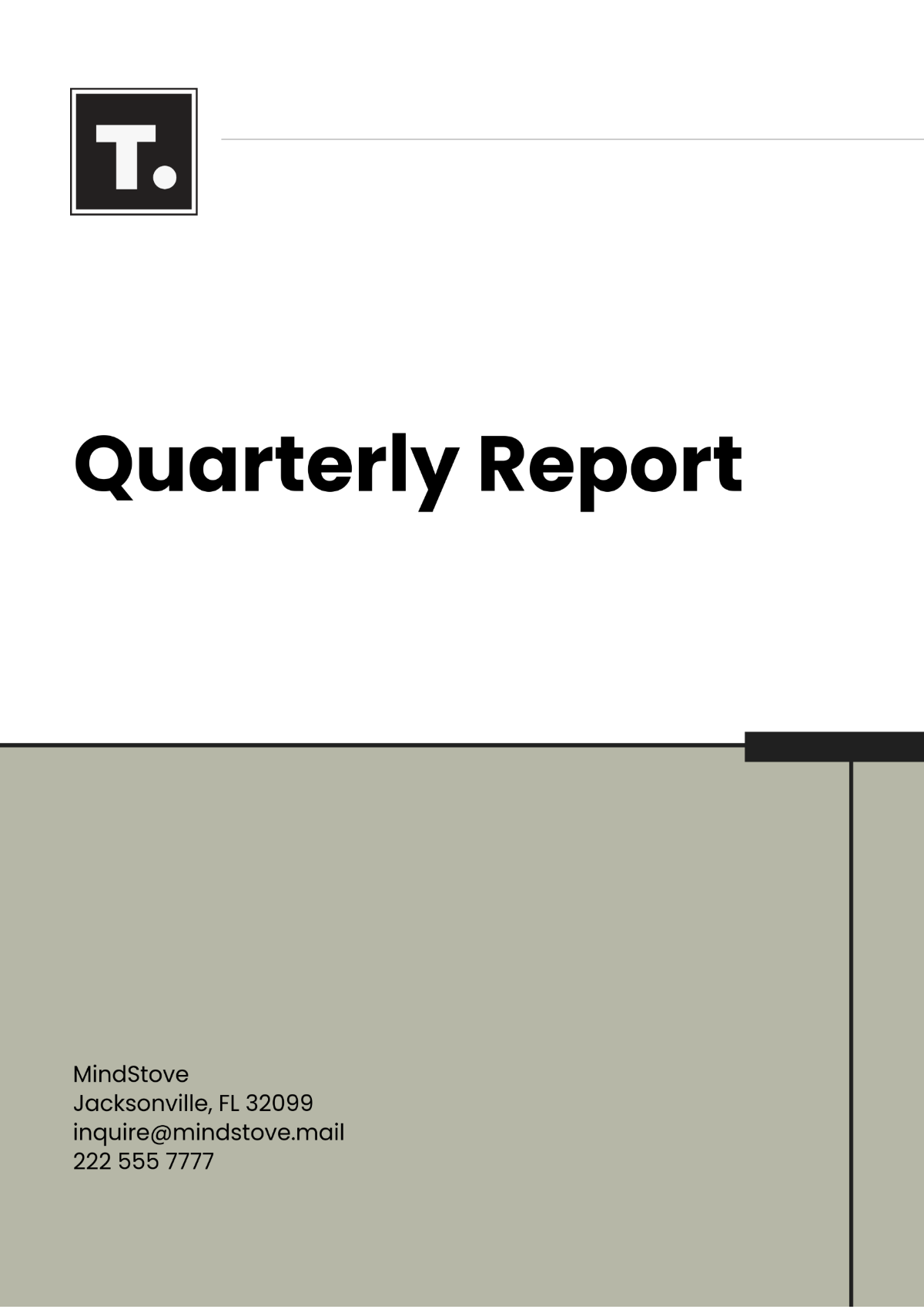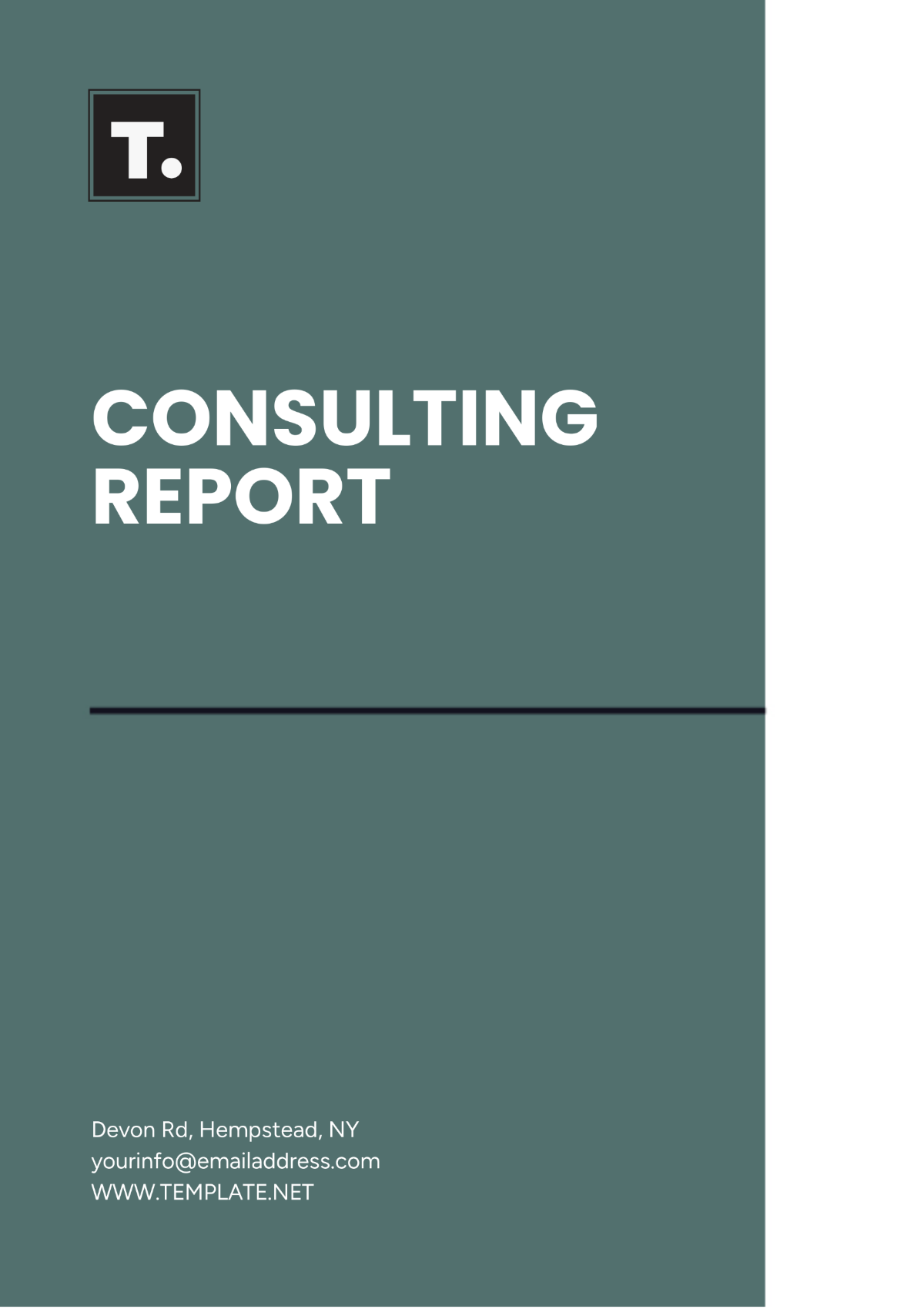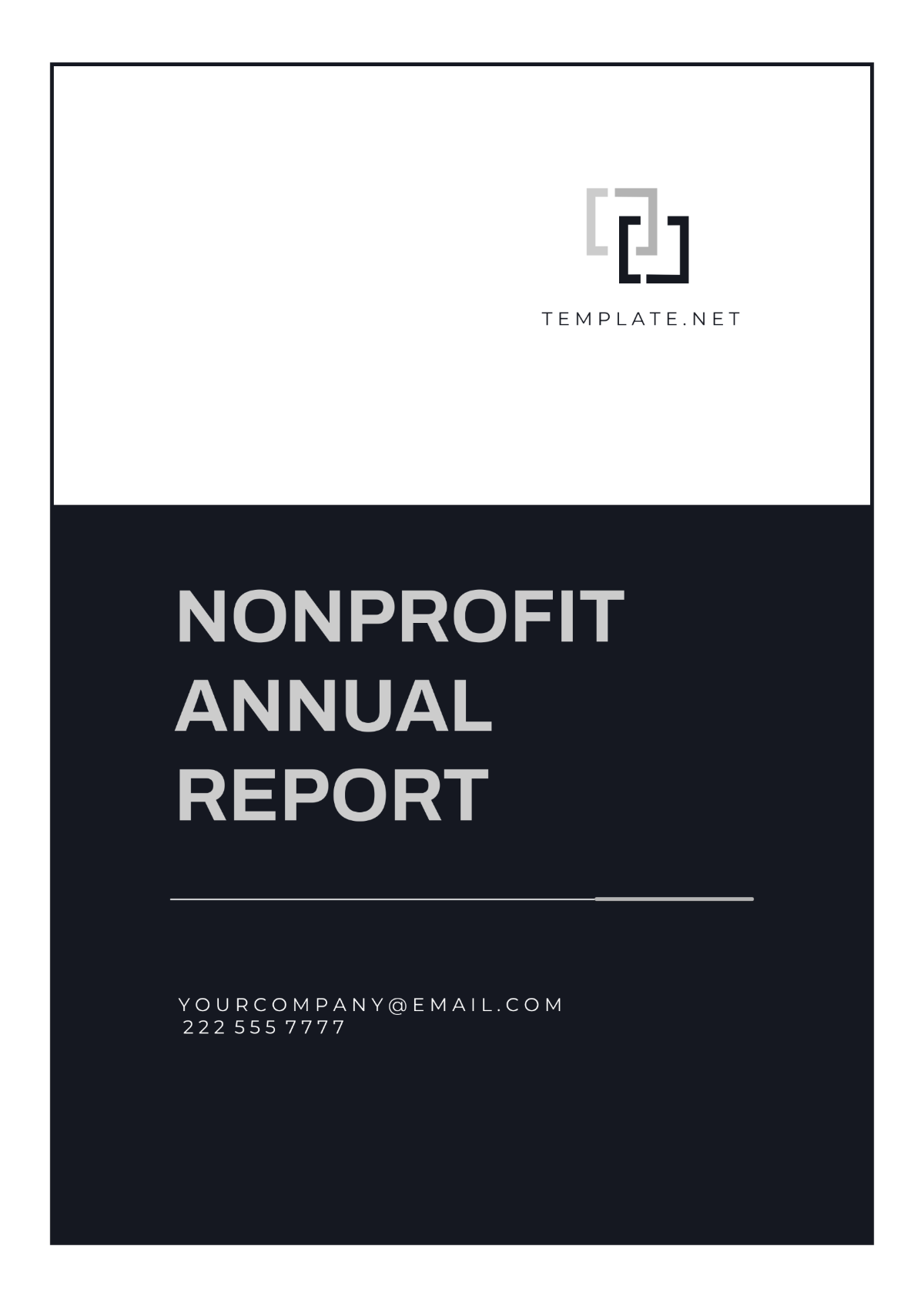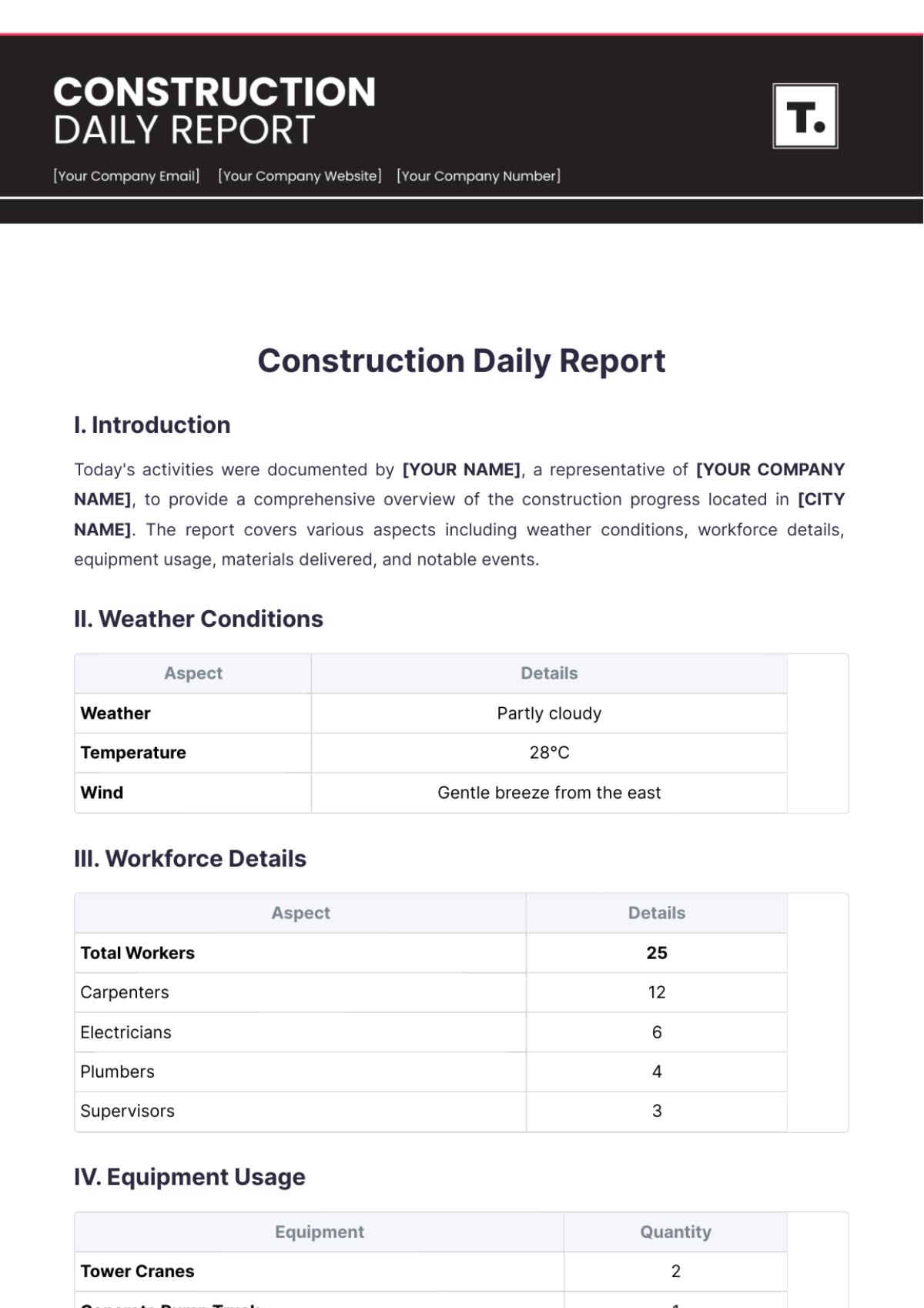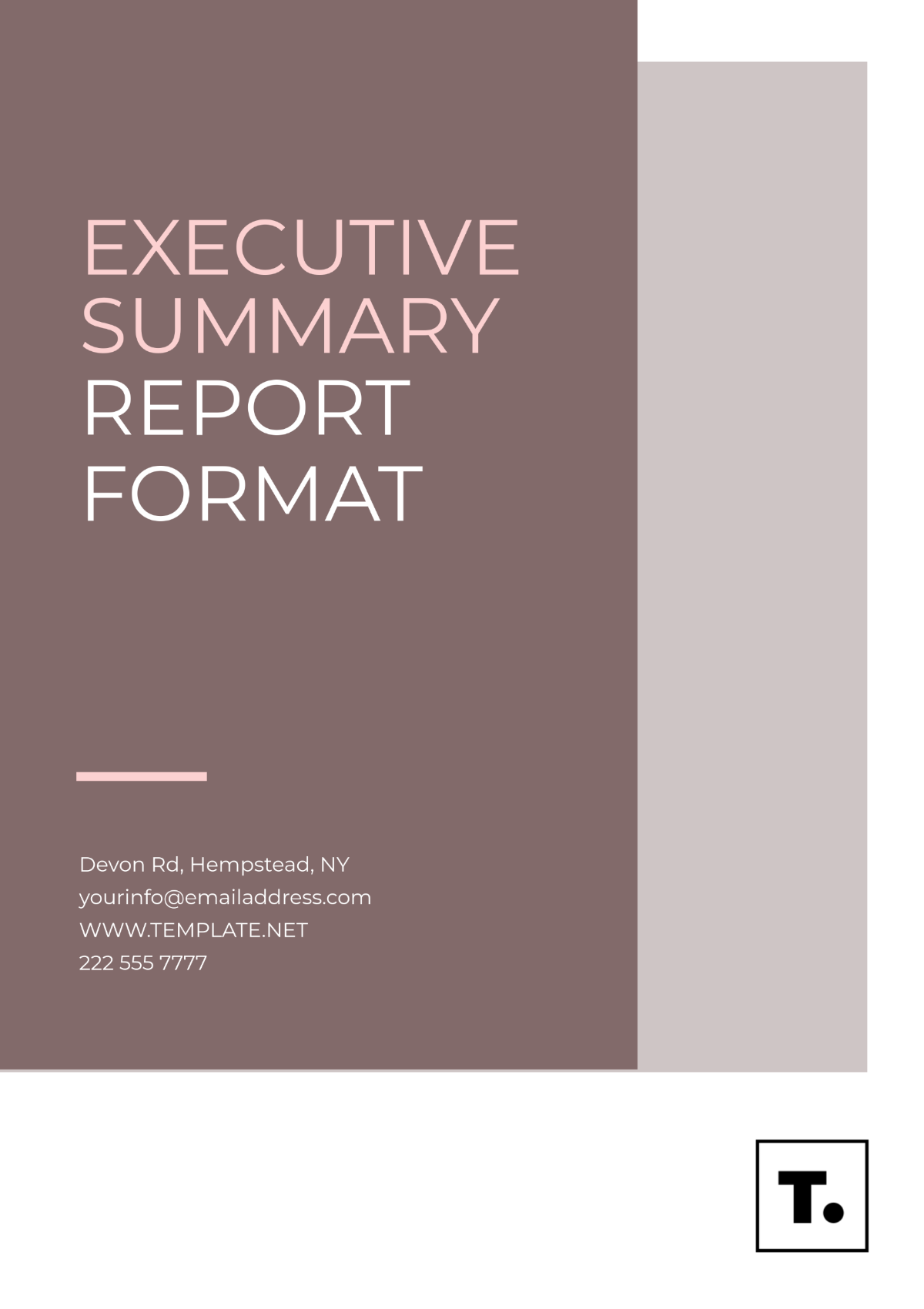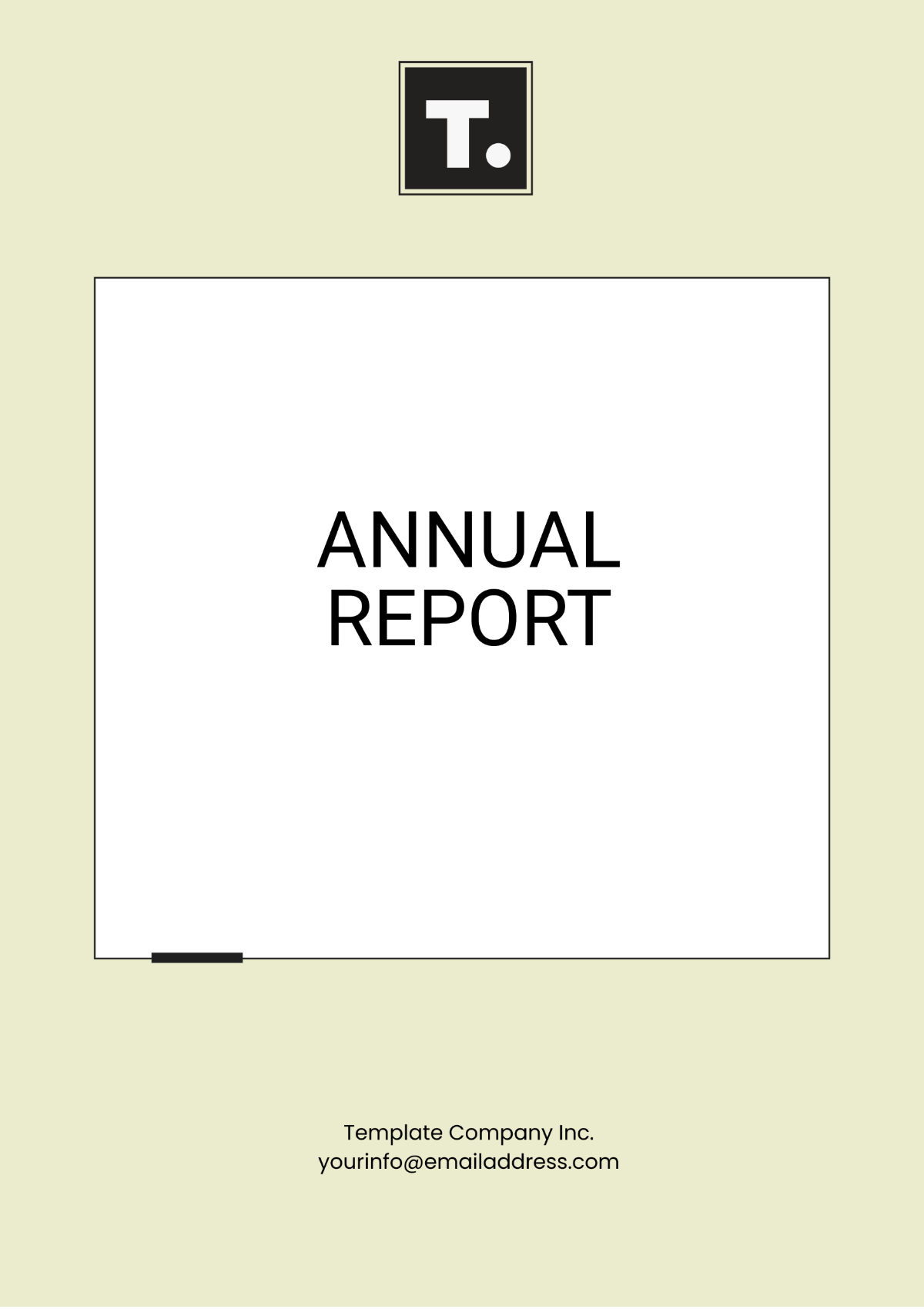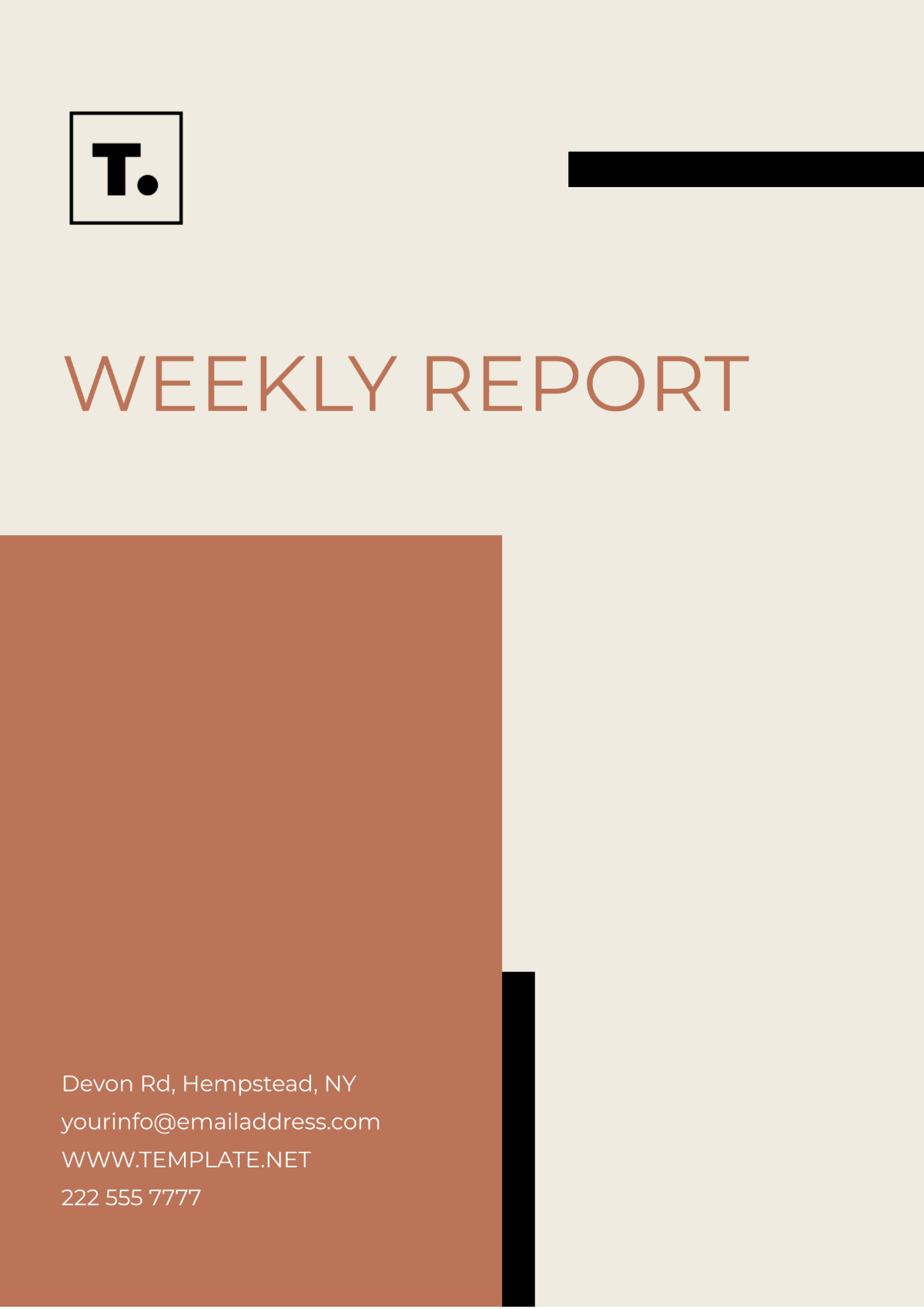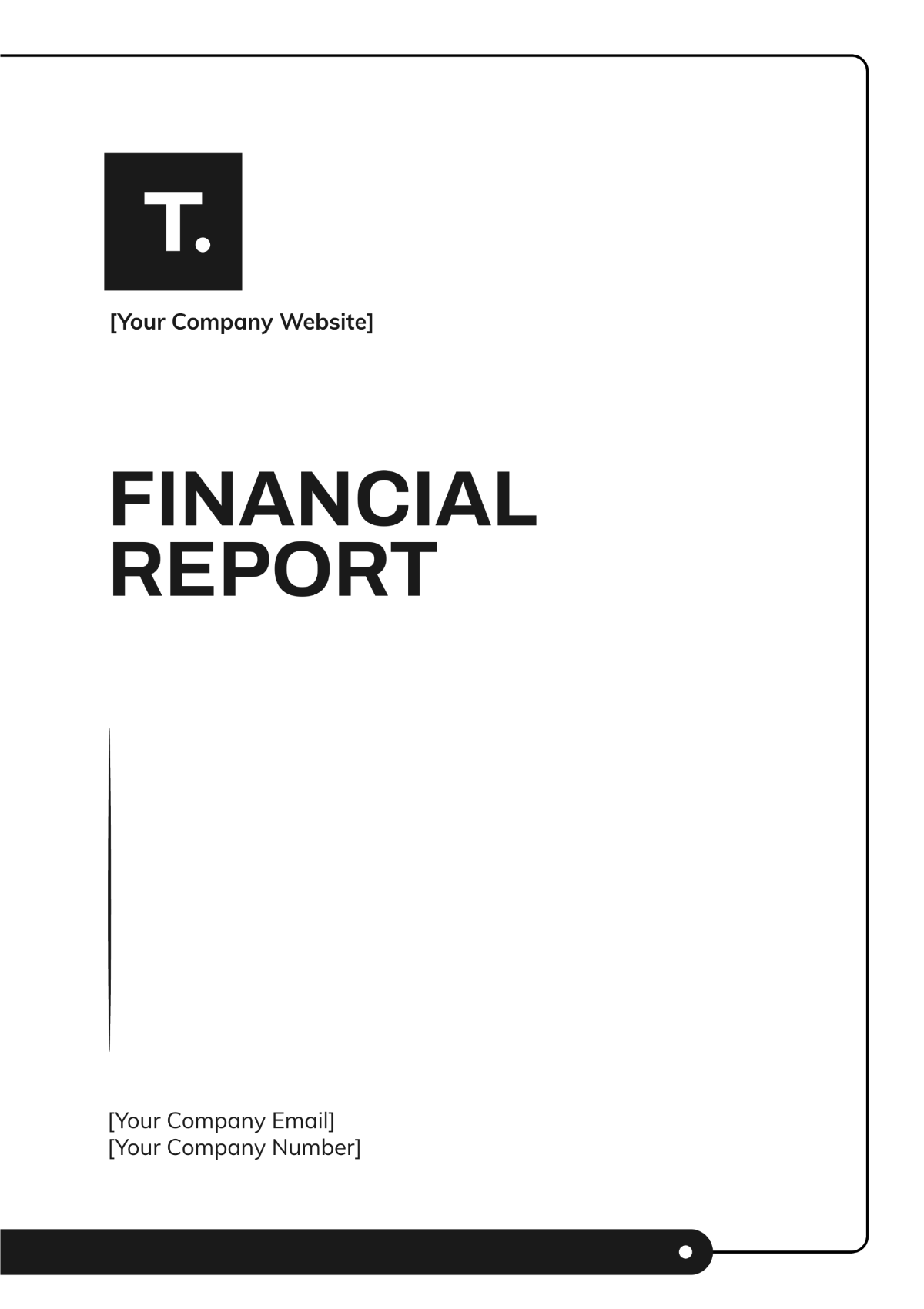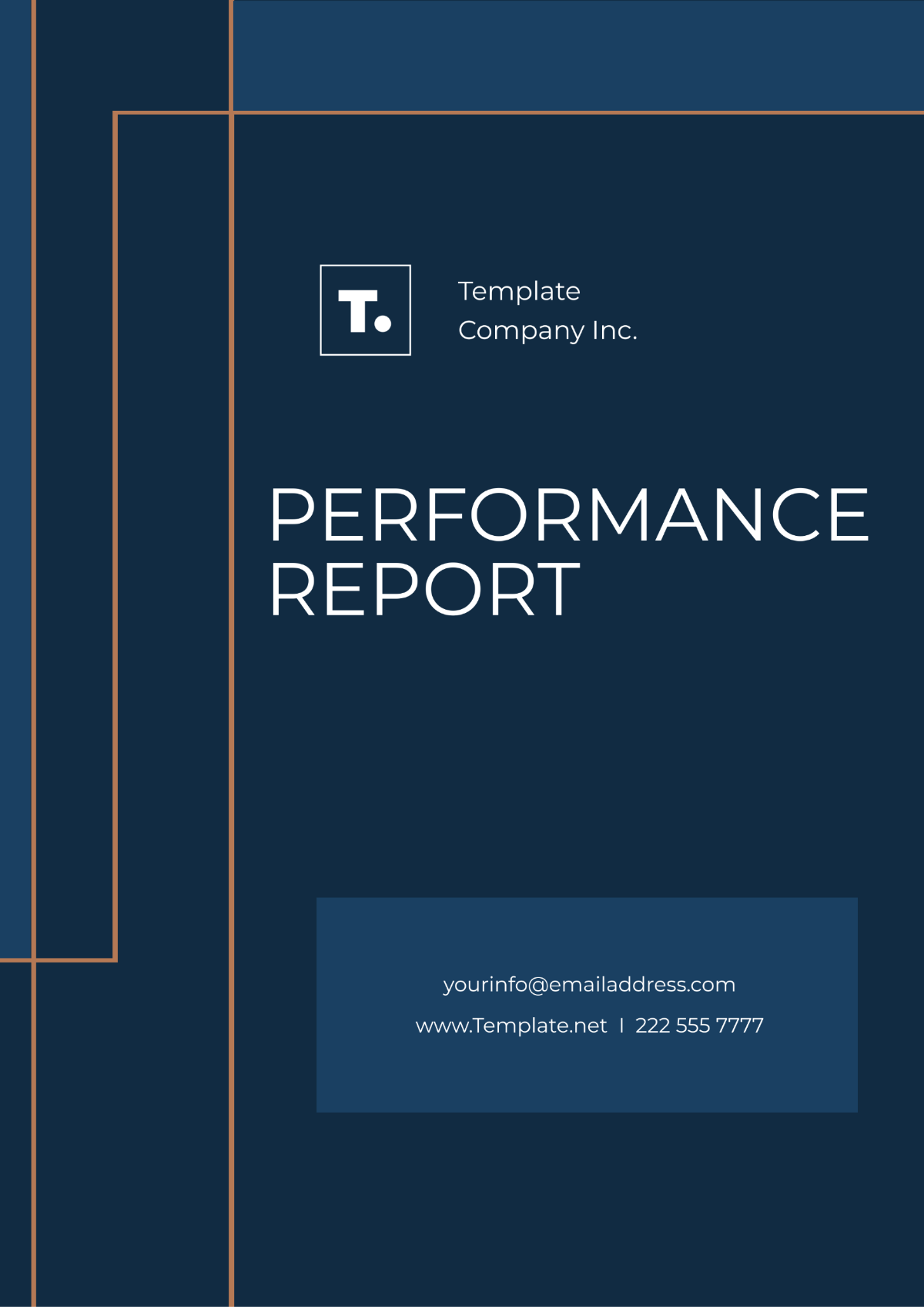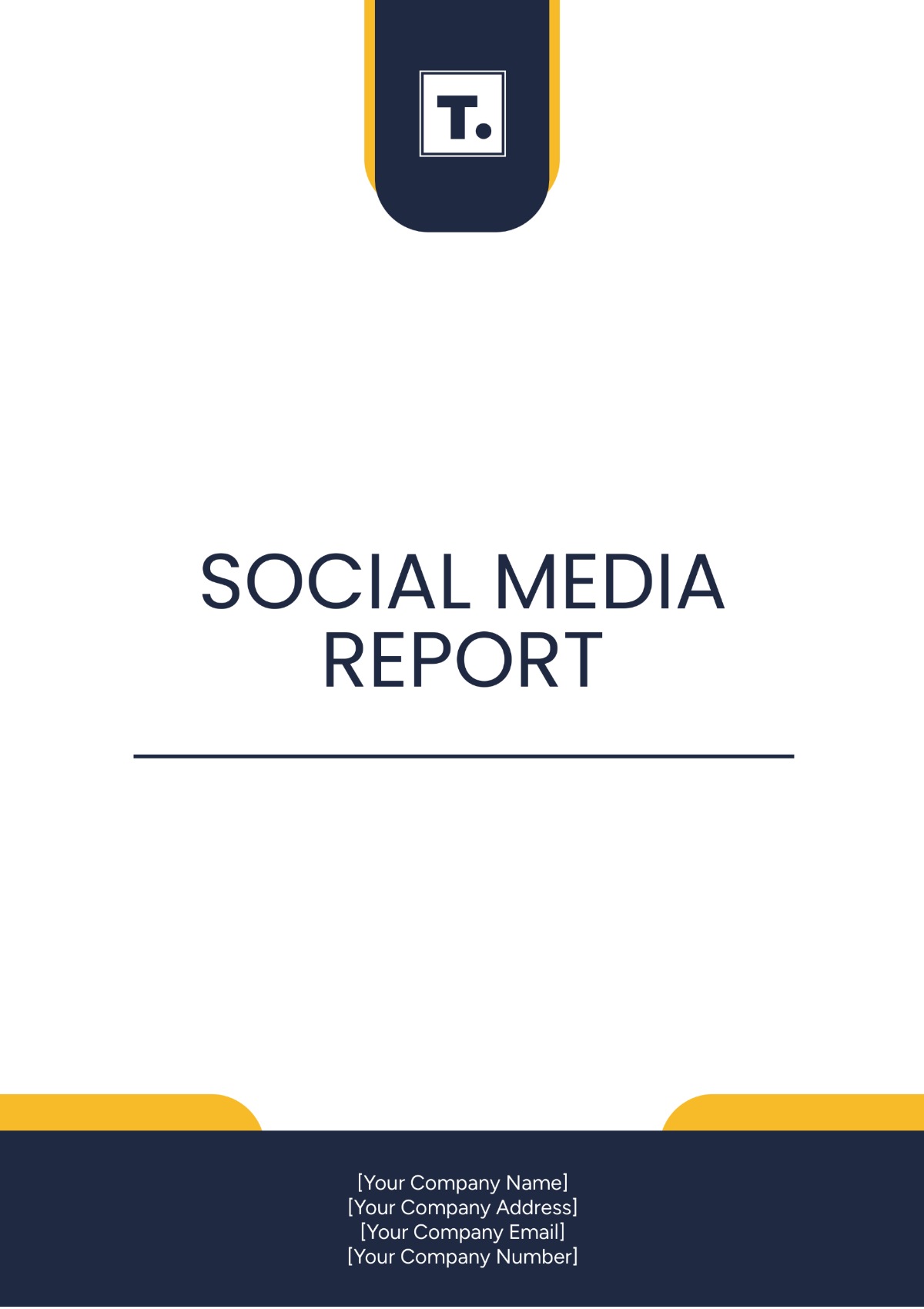Free University Department Report Template
University Department Report
Prepared by: [YOUR NAME]
Email: [YOUR EMAIL]
[YOUR COMPANY NAME]
[YOUR COMPANY ADDRESS]
[YOUR COMPANY WEBSITE]
I. Introduction
In the ever-evolving landscape of higher education, it is imperative that academic departments continually assess and optimize their resource allocation strategies to foster student success and faculty development. This report provides a comprehensive overview of the current resource allocation within the Biology Department for the fiscal year 2050, highlighting key areas of funding, expenditure, and future needs.
II. Current Resource Allocation Overview
A. Funding Sources
The following table outlines the various funding sources available to the Biology Department for the fiscal year 2050.
Funding Source | Amount Allocated | Percentage of Total | Usage | Notes |
|---|---|---|---|---|
State Government | $500,000 | 40% | Operational Expenses | Increased from previous year |
Tuition Revenue | $350,000 | 28% | Faculty Salaries | Stable enrollment |
Research Grants | $200,000 | 16% | Research Initiatives | New grant acquired |
Donations | $100,000 | 8% | Student Programs | Alumni engagement needed |
Other | $50,000 | 4% | Miscellaneous | Limited applications |
B. Expenditure Breakdown
The table below illustrates the expenditure breakdown for the Biology Department during the fiscal year 2050.
Expenditure Category | Amount Spent | Percentage of Total | Purpose | Comments |
|---|---|---|---|---|
Faculty Salaries | $600,000 | 48% | Compensation | Competitive salaries needed |
Operational Costs | $300,000 | 24% | Daily Operations | Increased costs anticipated |
Research Activities | $200,000 | 16% | Grants and Projects | Focus on innovation |
Student Support Services | $100,000 | 8% | Academic Support | Positive feedback received |
Marketing & Outreach | $50,000 | 4% | Recruitment | Need to boost visibility |
III. Future Resource Needs
As we look forward to 2051 and beyond, the Biology Department anticipates several areas where additional resources will be crucial. These include:
Expanded Faculty Hiring: To accommodate increasing student enrollment and diversify expertise.
Enhanced Research Funding: To remain competitive and innovate in research initiatives.
Student Support Programs: To improve retention and graduation rates, particularly for underrepresented groups.
IV. Conclusion
In summary, the analysis of resource allocation within the Biology Department reveals both strengths and areas for improvement. By strategically enhancing our funding and expenditures in key areas, we can significantly elevate the quality of education and research. Continuous evaluation and proactive adjustments to our resource allocation will ensure that we meet the evolving needs of our students and faculty in the years to come.


